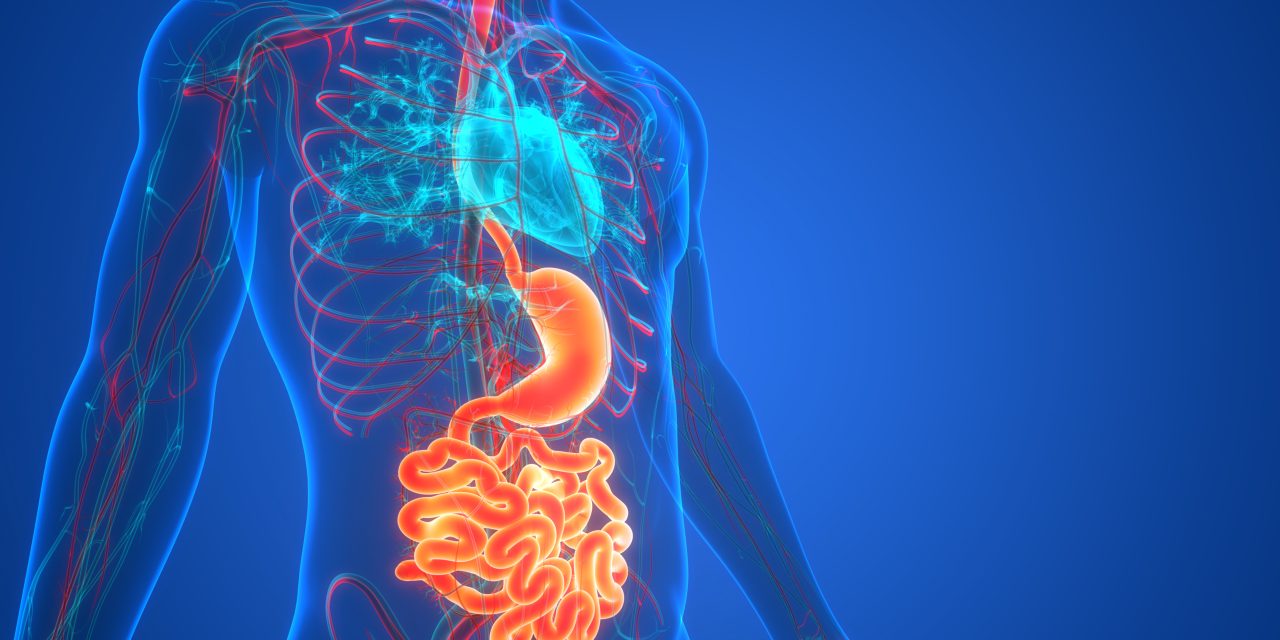Excessive autophagy and apoptosis of the interstitial cells of Cajal (ICC) have been identified in gastrointestinal (GI) motility disorders including slow transit constipation (STC). MicroRNA 222 (miR-222) has been shown to affect GI motility. This study aimed to explore whether miR-222 influences apoptosis and excessive autophagy of isolated ICC.
miR-222, c-kit, and stem cell factor (SCF) were evaluated in colon tissues in STC rats compared with normal control by qRT-PCR and western blot analysis. The condition of autophagy of colon tissue was observed by transmission electron microscope. ICC were isolated from the colon of STC rats. Cell Counting Kit-8 (CCK-8) assay and wound healing assay were carried out to examine the cell viability and migration rate. Cell apoptosis was detected by terminal deoxynucleotidyl transferase dUTP nick-end labeling (TUNEL) and Annexin V-Flourescein Isothiocyanate/Propidine Iodide (FITC/PI) apoptosis detection kit. Western blot analysis was performed to detect the c-kit and SCF expression; apoptosis-related proteins Bcl-2, Bax, caspase-3, and pro-caspase-3; and autophagy-related proteins LC3B and Beclin-1. The connection between miR-222 and c-kit was detected by bioinformatics and luciferase activity analysis.
miR-222 expression was significantly higher, whereas c-kit and SCF expressions were markedly lower in STC rats’ colon tissue compared with normal control. Meanwhile, STC rats exhibited excessive autophagy in colon tissue than normal control. Inhibition of miR-222 expression promoted cell proliferation as well as migration and inhibited autophagy, whereas upregulation of miR-222 had the opposite effect. In addition, miR-222 upregulation induced apoptosis and excessive autophagy compared with normal controls (NC). Western blot analysis showed that miR-222 overexpression caused decreased c-kit and SCF protein levels compared with NC. Bioinformatics and luciferase activity analysis revealed that miR-222 could be a predictive regulator of c-kit.
miR-222 induces apoptosis and excessive autophagy of ICC and may serve as potential biomarker for ICC loss in STC.
miR-222 regulates cell growth, apoptosis, and autophagy of interstitial cells of Cajal isolated from slow transit constipation rats by targeting c-kit.


